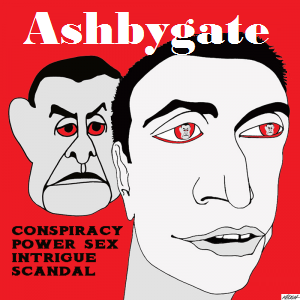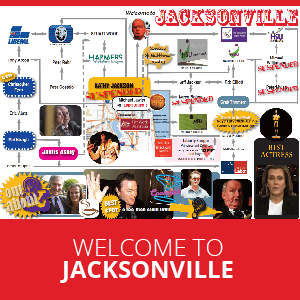The U.S. dollar is a major currency of the global financial ecosystem and its rate against the EUR is highly regarded by investors and international businesses.
Foreign exchange rates can swing widely when there is an unexpected event occurring, like tariffs, trade wars, armed conflicts, or other central bank announcements. In a sense, the dollar's strength directly shows American dominance and can indicate its strengths and weaknesses.
Let’s dig deeper into the drivers behind currency rate fluctuations between USD and EUR to show how these rates mirror broader changes in global power and economic dynamics.
Historic outlook of the dollar-euro relationship
The American dollar to euro rate is a constant struggle between two major economic powerhouses, the European Union and the United States. EUR was introduced back in 1999 and in the early years, it was traded near parity or slightly below the dollar as the USD dominated global markets. Over time, EUR gained its ground. During the 2008 global financial crisis, the euro suffered heavy losses and was weaker than the dollar.
This trend continued during the 2010-2012 eurozone crisis and the euro mostly traded below the dollar. However, the EUR experienced a recovery and nowadays it is more valuable than the dollar as the EUR/USD pair trades above 1.1.
By the COVID-19 period, a mix of stimulus from the USA, greater liquidity and several recoveries changed the dynamics again. The euro rebounded when confidence fell in American fiscal policies.
As we can see, the rate between the euro and the dollar directly reflects the political and economic power dynamics between the two economies, and it is a pulse measure of which one is getting stronger.
What are the economic forces behind exchange rates?
There are several core factors that affect the EUR/USD exchange pair the most. These factors often include interest rate differentials, inflation, employment data, trade balance, capital flow and so on.
Interest rate differentials
When the Fed (the U.S. Federal Reserve - like a central bank of the USA) raises interest rates more aggressively than its European counterparts (the European Central Bank (ECB)), capital tends to flow into dollar assets, strengthening the dollar. When rates are high, inflation tends to slow down, which causes the currency to gain strength against other currencies.
When the ECB raises rates, on the other hand, while the US lags behind, the euro gains ground against the dollar. The interest rate differential is the strongest predictor of which currency will gain momentum in the medium to long term. However, the effects are usually seen immediately in Forex markets.
Inflation
Inflation is the key metric when we want to evaluate a currency's strength and it enables investors to predict what central banks will do. If the inflation is higher than the yearly target of the central governing entities like the ECB and Fed, they are highly likely to start raising interest rates. However, when the inflation is within the target, they are mostly passive. If the USA has high inflation while the EU does not, this usually means we should see the Fed raising rates periodically, boosting the dollar.
Employment
Employment is at the heart of all developed economies. It is closely related to inflation and rates. Here is why: when inflation is high and the Fed raises rates, companies no longer want to borrow money at higher rates, which slows down their expansion, and fewer new jobs are created.
However, when the rates are low, it boosts the economy in the short to medium term, where companies can now take cheap loans and hire more staff to expand. Stock markets also tend to grow when rates are low and companies have more capital to expand.
Trade balance and capital flow
The U.S. often has deficits, meaning it imports capital from abroad, while Europe’s trade surpluses (Germany is usually on top) exert different pressures. Investors seeking assets in the US or EU also move the EUR/USD exchange rates.
The bottom line
In the end, the American dollar to euro exchange rate is more than just a currency value; it directly shows the global power balance. When the dollar is stronger, it often indicates that U.S. economic confidence is higher and usually it is also accompanied by higher interest rates. When the euro rises, it reflects Europe’s economic strength and stability. Since its launch in 1999, the euro has grown increasingly strong, and nowadays, it is even more powerful than the U.S. dollar.










